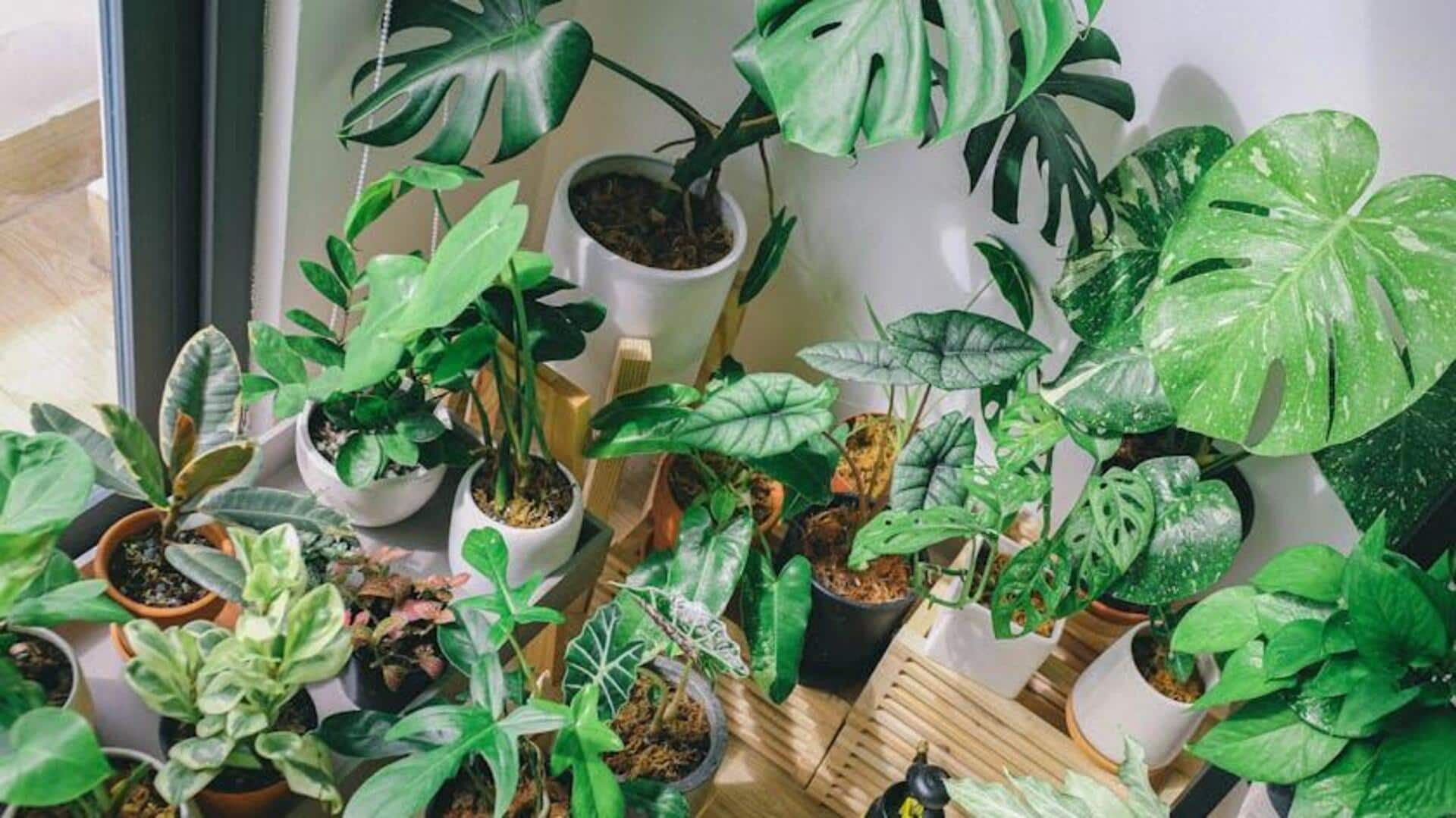
Tips to use fertilizers for indoor plants
What's the story
Indoor plants can flourish with the right fertilizers, but knowing how to use them properly is key. Over-fertilizing can damage plants, while under-fertilizing may not provide the nutrients they need. This article delves into practical ways to use fertilizers effectively for indoor plants, ensuring they get the right nutrients without any harm.
Tip 1
Understand plant nutrient needs
Different indoor plants require different nutrients. Most plants need nitrogen, phosphorus, and potassium, but some may also need trace elements like magnesium or calcium. Knowing your plant's specific needs will help you choose the right fertilizer. Check labels and select a product that matches your plant's requirements to ensure optimal growth.
Tip 2
Choose the right type of fertilizer
Fertilizers come in various forms, such as granules, liquids, and slow-release pellets. Liquid fertilizers are absorbed quickly by plants and are ideal for fast-growing species. Granular fertilizers release nutrients slowly over time, making them suitable for low-maintenance plants. Choose a type based on how often you want to feed your plants and their growth rate.
Tip 3
Follow recommended application rates
Following the recommended application rates on fertilizer packaging is crucial. Over-fertilizing can lead to root burn or other damage, while under-fertilizing may not provide enough nutrients for healthy growth. Always measure carefully and avoid applying more than suggested to maintain a balanced nutrient supply.
Tip 4
Monitor plant response regularly
Observing how your plants respond after fertilization is key to adjusting your care routine. Look out for signs of nutrient deficiency or excess, like yellowing leaves or stunted growth. Based on these observations, you may need to tweak your fertilization schedule or switch products to better meet your plants' needs.
Tip 5
Adjust fertilization frequency seasonally
Indoor plants' nutrient needs vary with seasons due to changes in light and temperature. During active growth periods, like spring and summer, plants may require more frequent feeding than during dormancy in fall and winter months. Adjusting fertilization frequency according to seasonal changes helps ensure that indoor plants receive adequate nutrition year-round without overdoing it during slower growth phases.